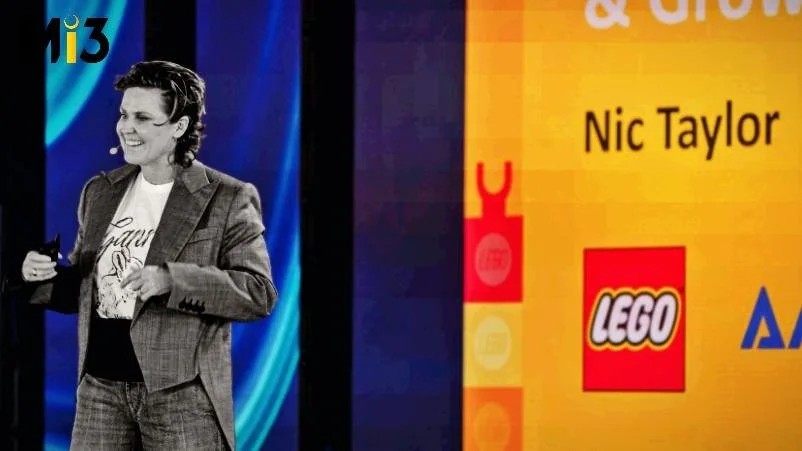Big Agency vs. In-House: What’s the Difference — and Why It Matters
By Analise Bruno
As a senior in BU’s advertising program, I’ve spent a lot of time thinking about what the industry actually looks like beyond the classroom. Not just from a “what job should I get after graduation” angle, but from a broader perspective: How do big agencies really operate compared to in-house creative teams? What makes each environment tick? And what should clients — and creatives — understand about the strengths of both?
After my summer internship at Arnold Worldwide in Boston, working on brands like Progressive, Toast, and PNC, I realized how different creative work can feel depending on where it happens. Same industry, totally different ecosystems.
How Big Agencies Work
One of the biggest strengths of large agencies is the sheer breadth of what flows through their doors. Teams juggle multiple clients, industries, and briefs — sometimes in a single day. That constant variety forces creatives to think fast, adapt quickly, and stretch into different brand voices without hesitation.
At a big agency, you’re in the mix right away: brainstorms, creative reviews, pitch decks, strategy sessions. Writers, designers, planners, and account teams are all in conversation at once, shaping ideas that have to work across audiences and platforms. It’s fast, collaborative, and fueled by the energy of people who love bouncing ideas around.
For clients, this means access to teams who are used to solving problems from every angle. Agencies are built for rapid iteration, fresh thinking, and producing big ideas that travel across campaigns and channels. Their speed is an advantage — but it also means creatives don’t always get to live inside one brand deeply. Timelines shift, feedback comes from multiple directions, and long-term brand building can take a backseat to immediate needs.
Agencies excel at breadth. They are laboratories for experimentation. But their structure can feel chaotic when deadlines collide or priorities shift, and it’s harder to sink into long-term storytelling when you’re constantly switching gears.
How In-House Teams Operate
In-house creative teams are a different universe. Instead of hopping between brands, you’re embedded within a single one — learning its history, voice, quirks, and audience until it becomes second nature. That depth of understanding unlocks a different kind of creative work: more strategic, more consistent, and often more connected to the larger business goals.
Imagine being on the Disney+ marketing team during a Marvel series launch. Instead of juggling multiple clients, your entire creative bandwidth is focused on one storytelling ecosystem. You’re working across teaser content, social campaigns, launch activations, and long-term engagement plans — all aligned with the same brand mission. The collaboration feels tighter because everyone is working toward the same goal, from PR to design to legal.
For clients — or in this case, internal stakeholders — the benefit is clear: in-house teams build cohesion. The brand doesn’t just show up consistently; it evolves intentionally. The tradeoff, though, is pace and variety. The work is more focused but less diverse. Depending on the organization, it can also take longer to grow into leadership roles or get exposure to different types of creative challenges.
In-house teams excel at depth. They offer stability, clarity, and long-term brand impact — but not always the range or velocity of agency environments.
Why Understanding Both Matters
Whether you’re a client choosing how to structure your creative resources or a young creative figuring out where you fit, it helps to understand these ecosystems for what they are: two different but complementary approaches to building brands.
Agencies bring reach, range, and rapid creative problem-solving.
In-house teams bring focus, consistency, and long-term brand vision.
Neither is “better.” They simply operate differently — and often the strongest brands use a mix of both.
My Personal Take
My time at Arnold taught me the power of versatility. I got to build skills fast, collaborate with incredibly smart people, and dip into industries I might never have explored otherwise. That experience gave me a clearer sense of how creative teams actually function — not just within an agency, but in relation to the brands they serve.
Whether I eventually land in-house or stay in the agency world for a while, I feel more prepared to contribute meaningfully because I understand the dynamics behind both models.
At the end of the day, neither path defines your whole career. They’re just different foundations — and in this industry, every client, every project, and every brainstorm helps shape who you become as a creative.



